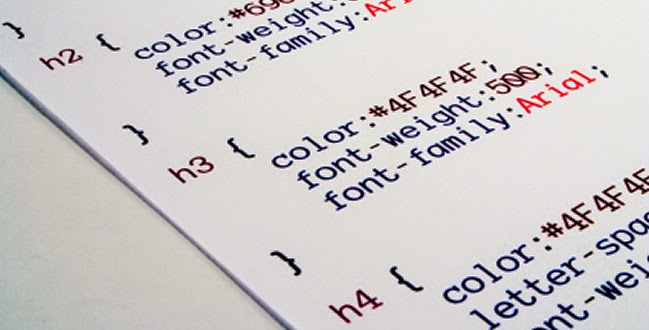CSS Background Image :
Usage:
background-image: url('image.jpg');
background-image: none;
Definition:
background-image: url('image.jpg');
background-image: none;
Definition:
Background
Image can be set using the tag
background-image.
It takes the image in url as said in the example.
a) Url("image directory"). We have to set the image path inside the tag url. It accepts either of the given values.
b) None, if no background image is required.
It takes the image in url as said in the example.
a) Url("image directory"). We have to set the image path inside the tag url. It accepts either of the given values.
b) None, if no background image is required.
Examples
Example 1:
<div
style="background-image: url('test.jpeg');"> color name
<br><br><br></div>
Result:
color name
Example 2:
<font
style="background-image: none; background-color: green; "> color
using hex values <br><br><br><br></font>
Result:
color using hex values


















.jpg)

